14 October 2015
Conceived and organized by the Fondazione Nicola Trussardi and Palazzo Reale for Expo in the City 2015 and promoted by the municipality of Milan, The Great Mother is an exhibition devoted to analysis of the iconography and representation of motherhood in the 20th century. Presented in 29 rooms on the second floor of Palazzo Reale, over 400 works by 139 male and female artists, writers and film directors from all over the world offer a visual experience that cuts across disciplinary boundaries and is organized on a historical and thematic basis. The diversity of the approach chosen by the curator Massimiliano Gioni marks out a dynamic and never repetitive course: art, literature, advertising, the cinema and other figurative testimonies are mixed up in a masterly series of alternations that also leaves room for emotion. The spectacular nature and cruelty of works like the Harrow—a machine for the execution of prisoners described by Franz Kafka in his short story “In the Penal Colony” (1914)—or Nari Ward’s Amazing Grace (1993)—an installation of 280 discarded strollers that the artist picked up on the streets of Harlem and that speak of a lost childhood—alternate with more guileless images like those of a fetus made in 1965 by the Swedish photographer Lennart Nilsson, or of Teaching to Walk (2002), a performance conceived by the Slovak artist Romand Ondák in which a child accompanied by its mother learns to take its first steps. There are many interpretations of the myths and clichés of femininity, which in a sort of temporary museum tell the story of a century of clashes between emancipation and tradition. The encyclopedic survey orchestrated by Gioni is divided into different sections, first of all the one devoted to the visual archives of Olga Fröbe-Kapteyn, which contain figures of female idols, matrons, Venuses and prehistoric goddesses on which many psychologists and anthropologists have drawn, including Carl Gustav Jung and Erich Neumann. It is followed by important sections centering on the role of women in the historical avant-gardes, from the reformist forces of Futurist Italy to the Dadaist myth of the mechanical woman, throwing light on contrasting aspects of modernity and the transformation of the sexes. The second part of the exhibition focuses on the movements that emerged in the sixties and seventies and on the feminist demands that undermined hierarchies and roles of authority, but also on the grotesque representations of the female body in the nineties and the prospects of a posthuman condition. The exhibition opens with Gertrude Käsebier’s (apparently) idyllic image of motherhood and the films of the first woman director Alice Guy-Blaché, and concludes with Matt Mullican’s Sleeping Child (1973/2015), a block of wood with a pillow, and Self Portrait as My Mother, Jean Gregory (2003), in which Gillian Wearing portrays herself in the guise of her mother. The maternal figure that emerges from the exhibition as a whole is certainly not a reassuring one. The synthesis of an irreconcilable dichotomy, at once destructive and redeeming, the Jungian archetype of the Great Mother that inspired Erich Neumann still bears witness today to the complex ambivalence, desires and fears of an intimate and shared history.
The Great Mother
Curated by Massimiliano Gioni, Fondazione Nicola Trussardi
Palazzo Reale, Milan
August 26-November 15, 2015
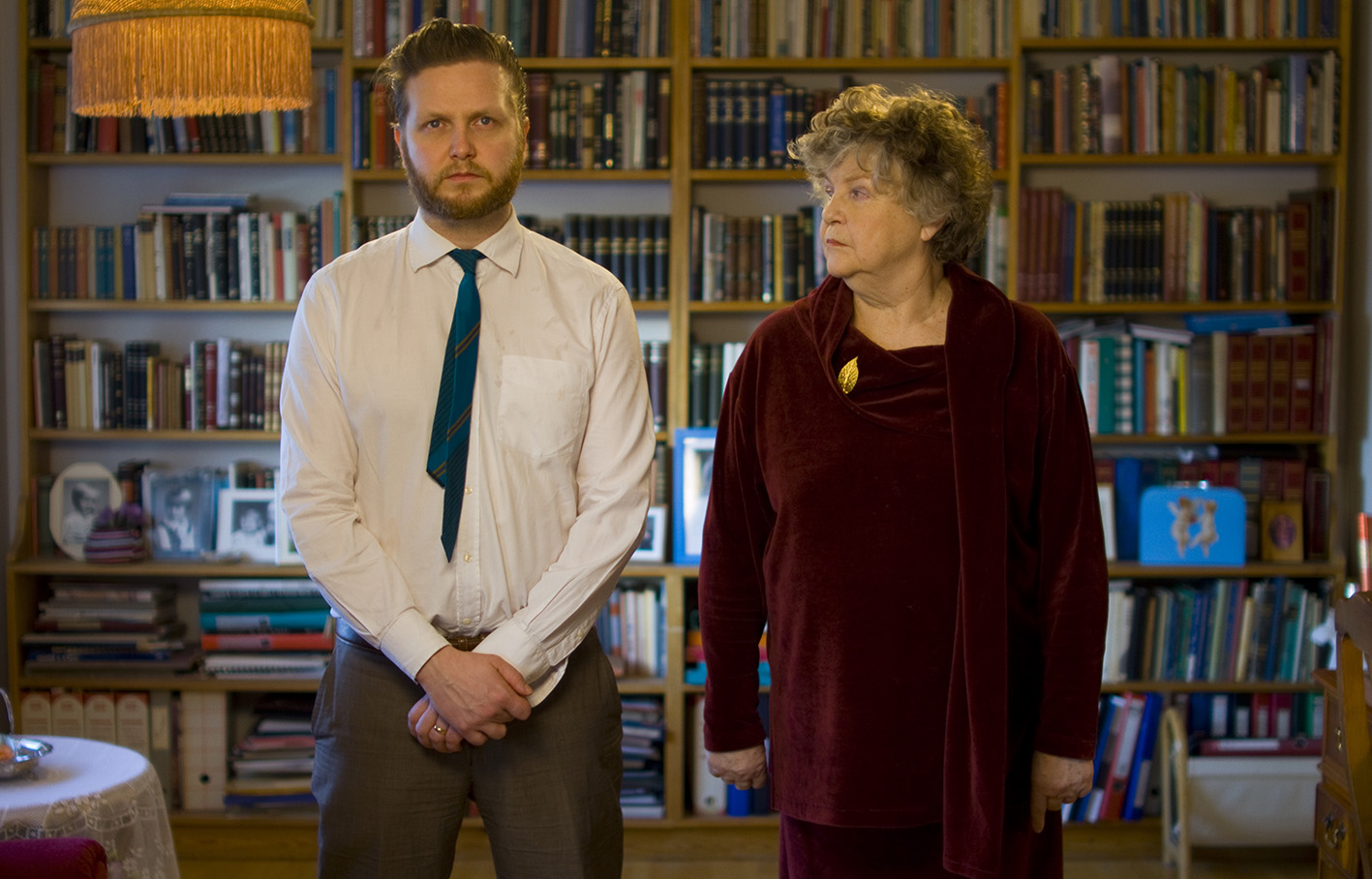
Ragnar Kjartansson, Me and My Mother 2010, 2010. Courtesy: Ragnar Kjartansson; i8 Gallery, Reykjavik; Luring Augustine, New York.
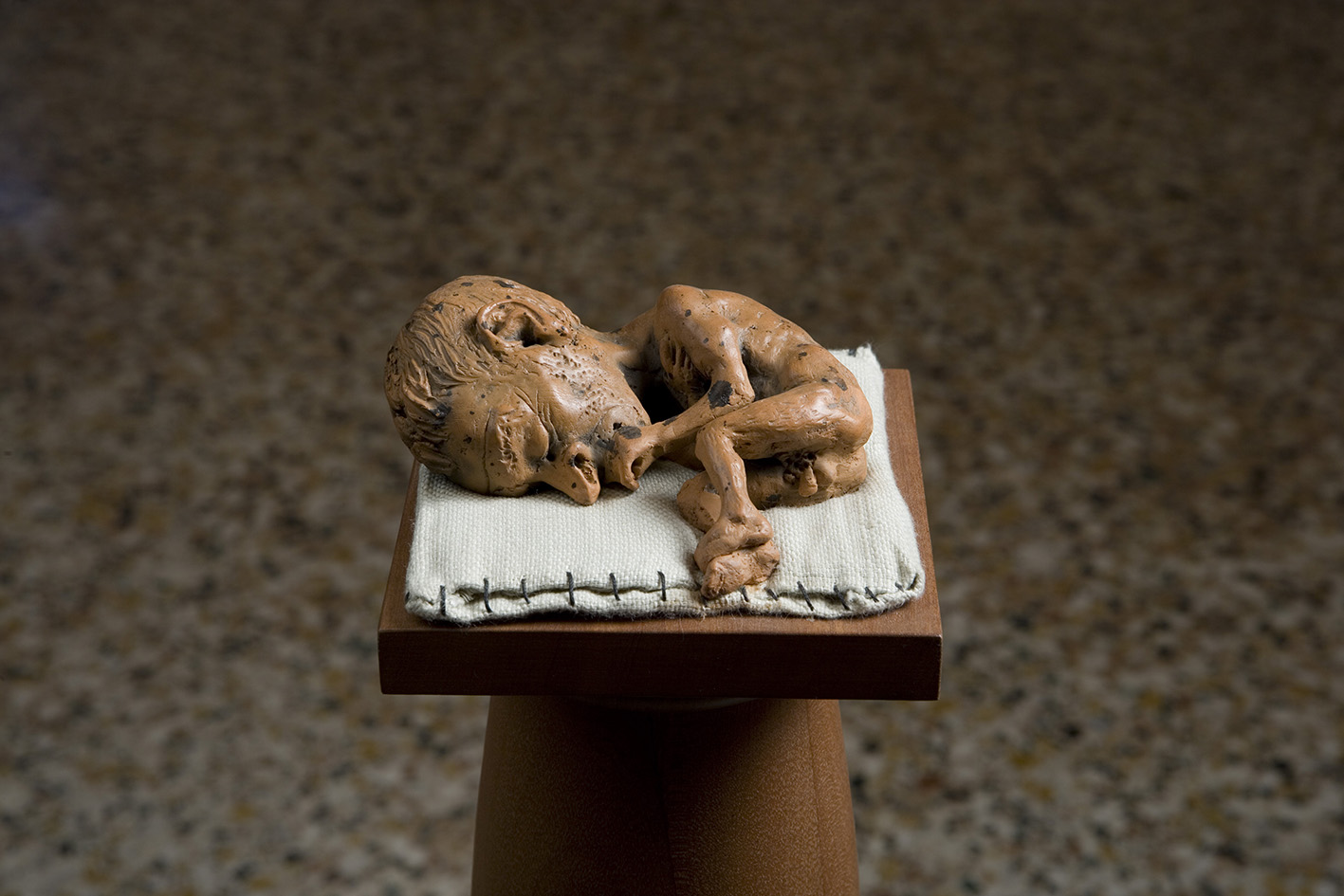
Pawel Althamer, Self-portrait, 2006. Photo: Roberto Marossi. Goetz Collection, Munich.

Alice Neel, Nancy and the twins, 1971. © Estate of Alice Neel.
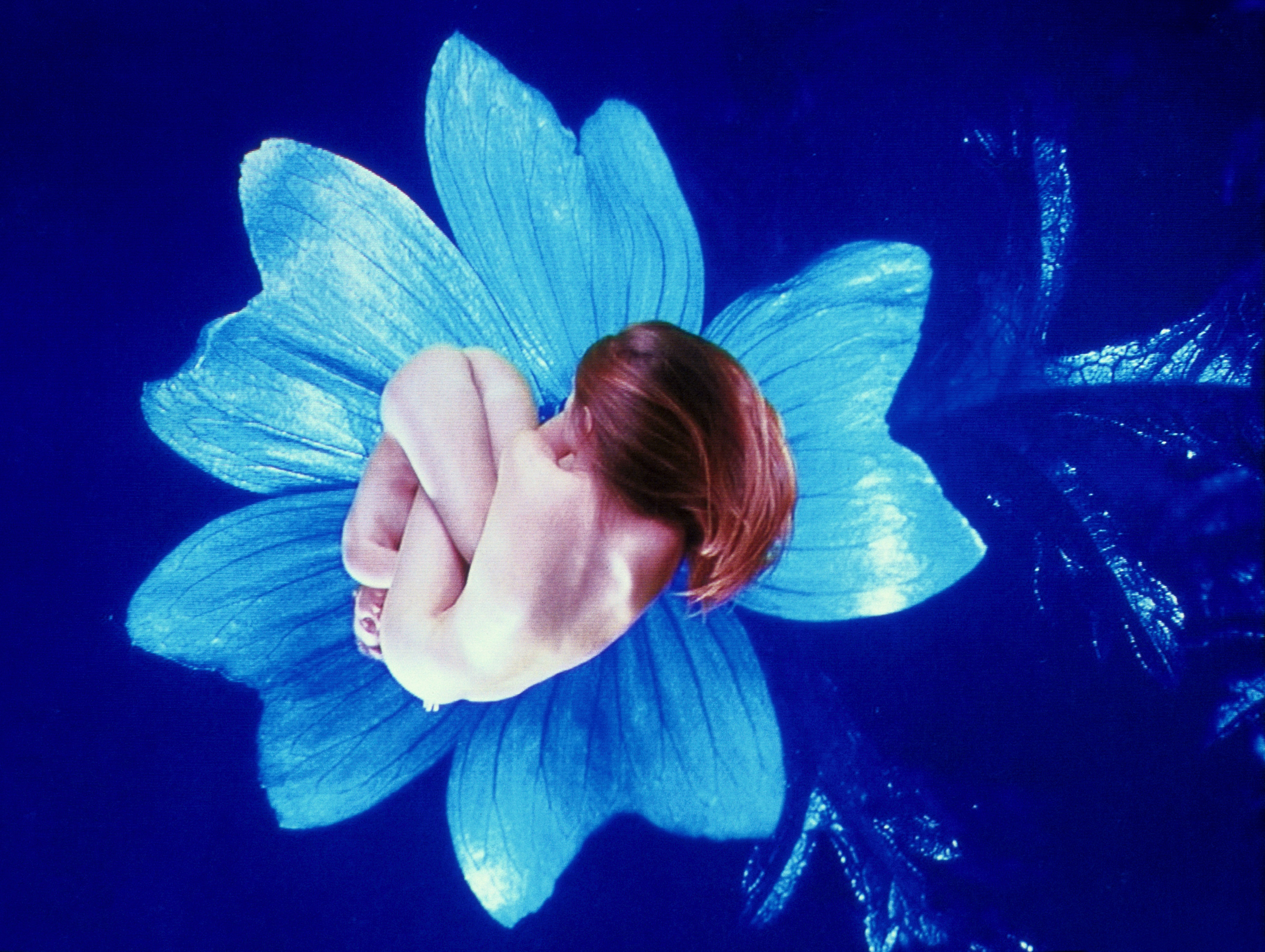
Pipilotti Rist, Homo Sapiens Sapiens, 2005. Courtesy: Pipilotti Rist; Hauser & Wirth.
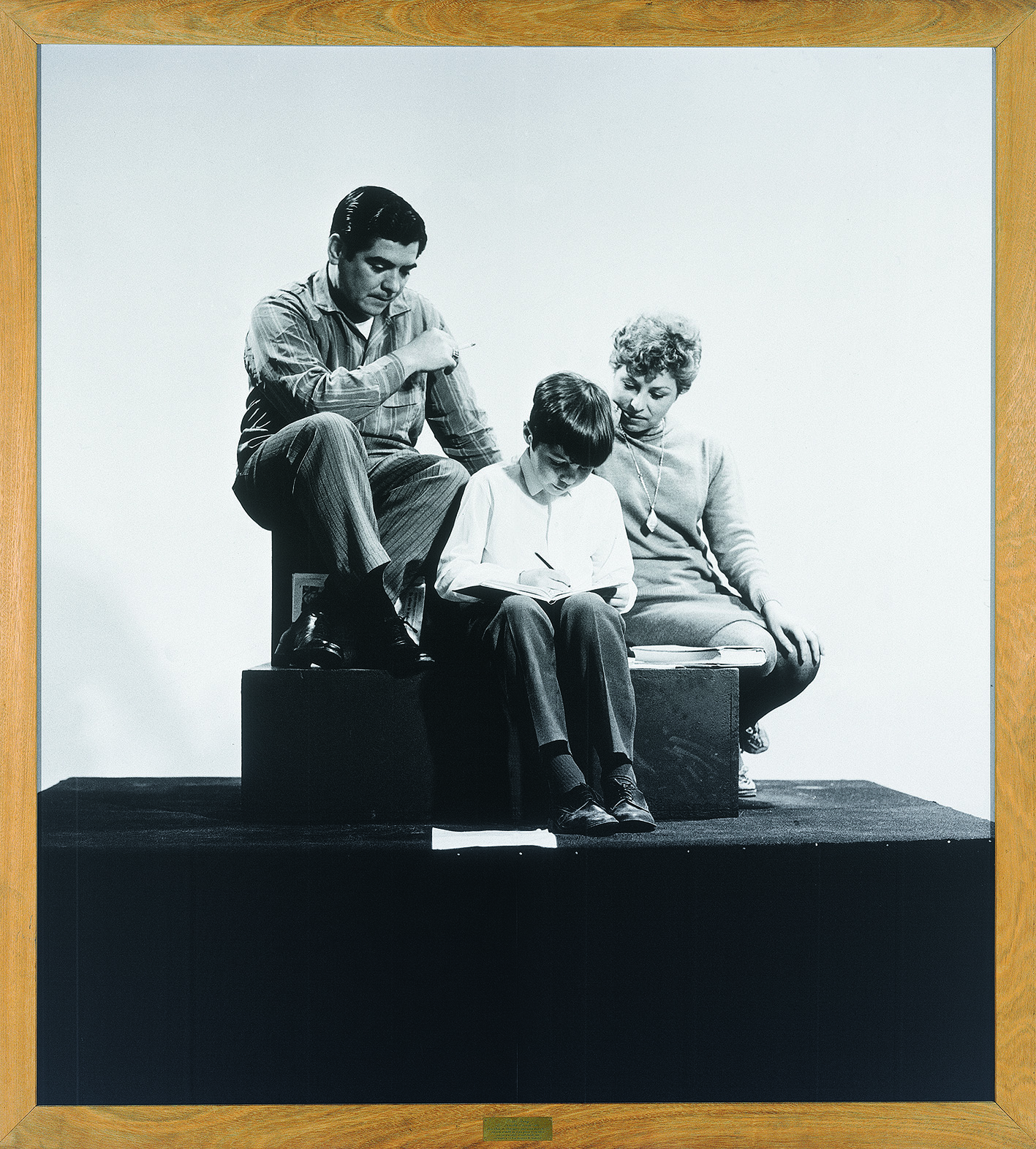
Oscar Bony, La familia obrera, 1968. Photo: Oscar Balducci. Carola Bony Collection.
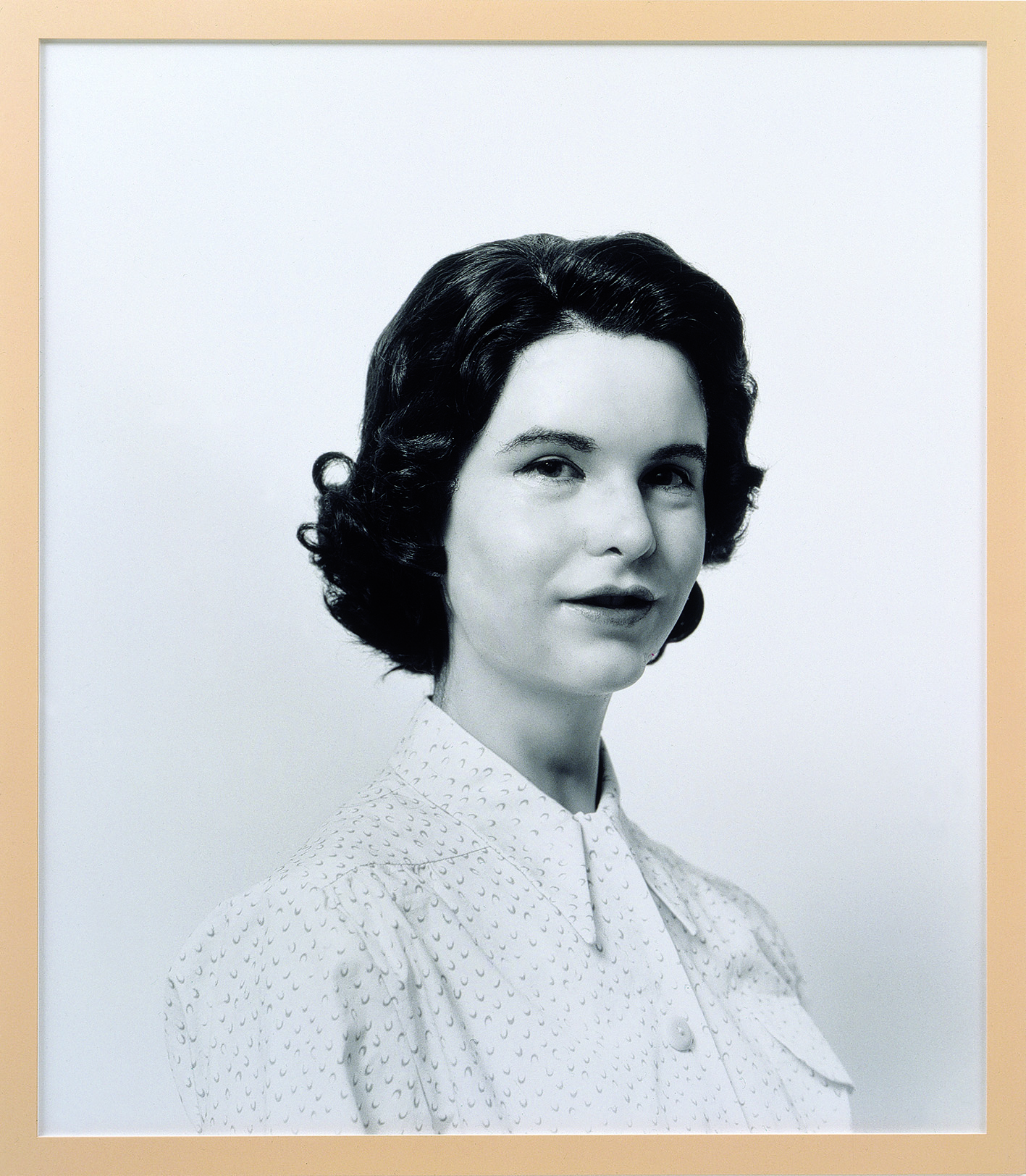
Gillian Wearing, Self Portrait as My Mother Jean Gregory, 2003. © Gillian Wearing. Courtesy: Maureen Paley, London.
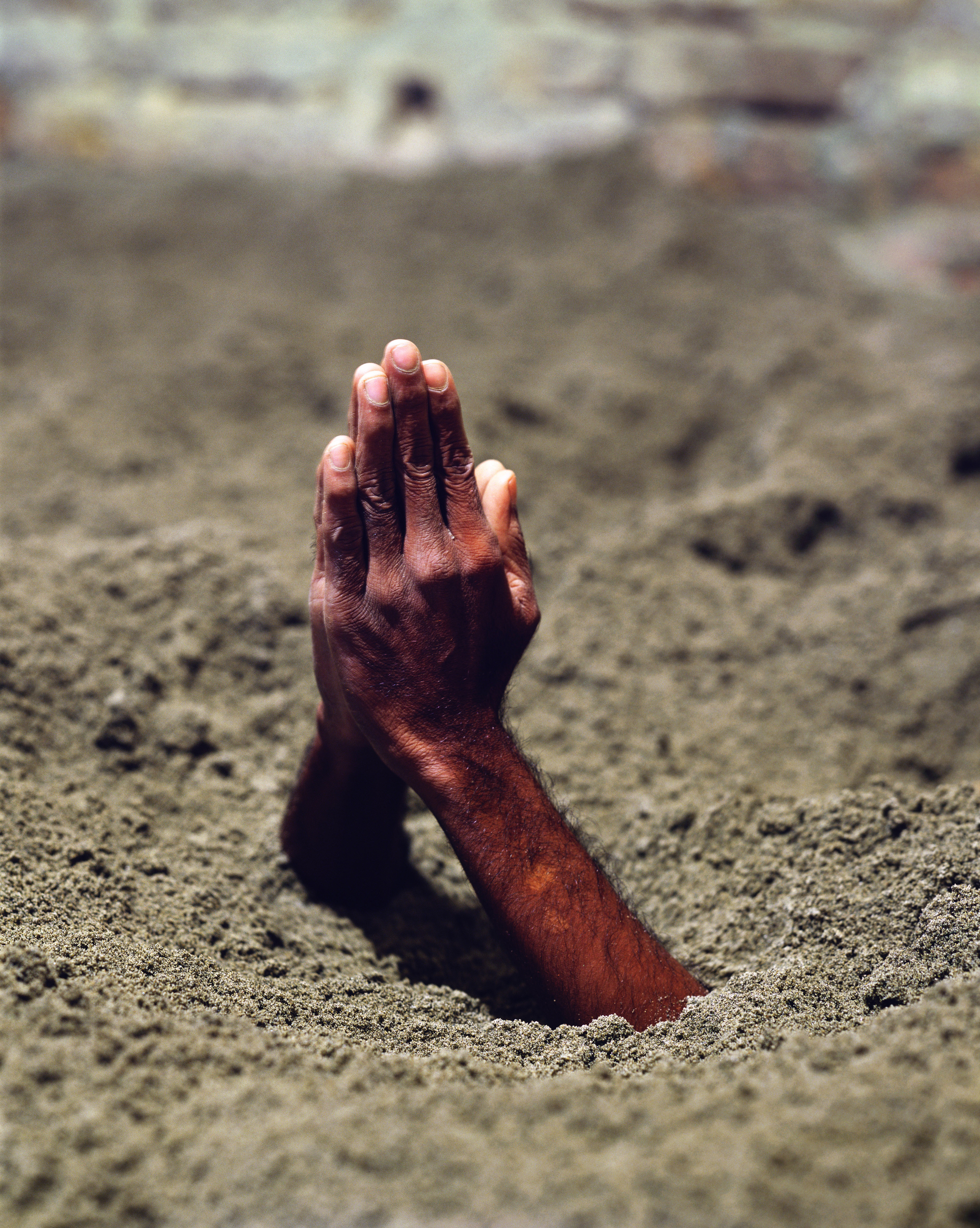
Maurizio Cattelan, Mother, 1999. Photo: Attilio Maranzano. Domenico Carluccio Collection. Courtesy: Maurizio Cattelan Archive.
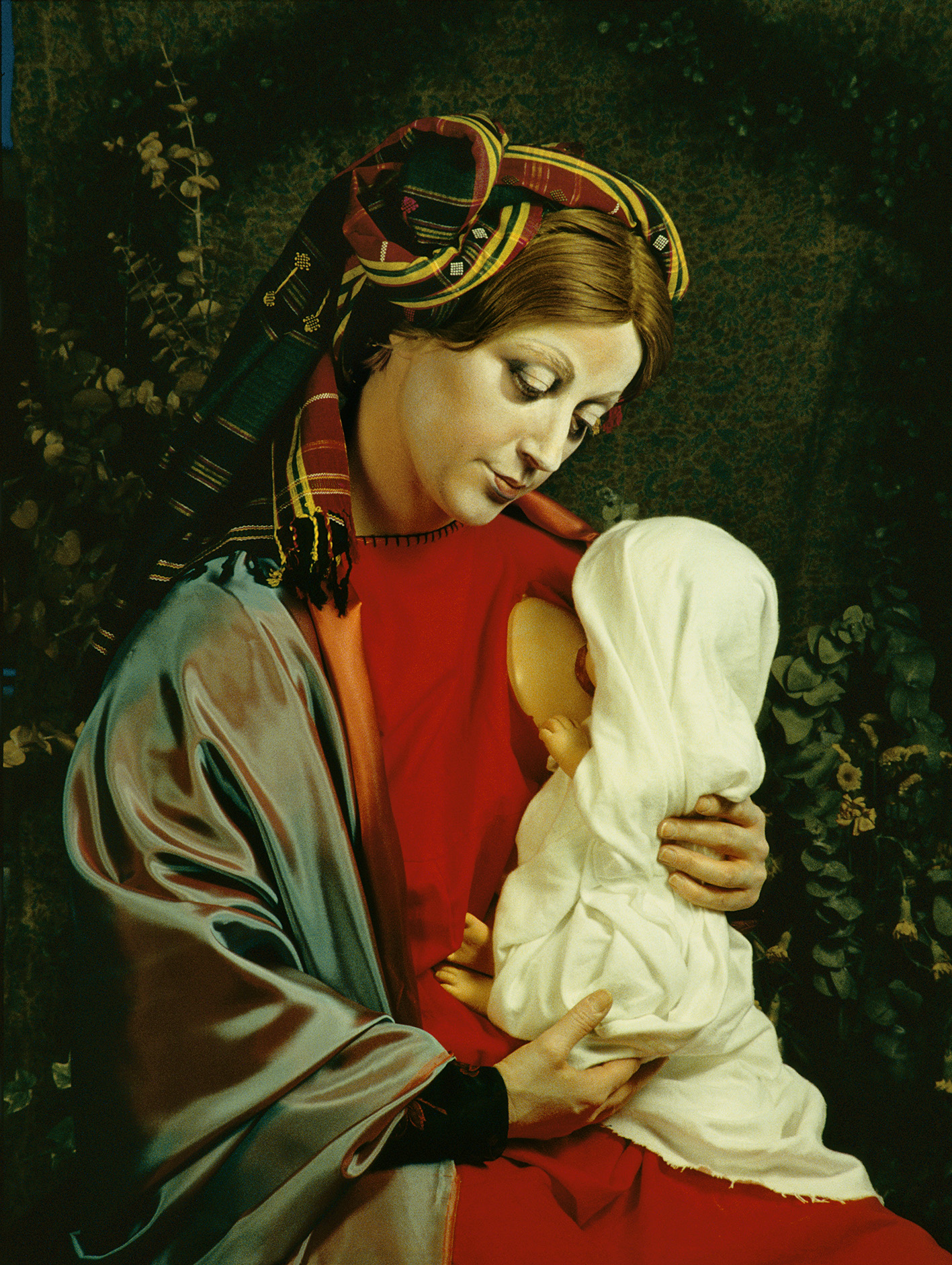
Cindy Sherman, Untitled #223, 1990.
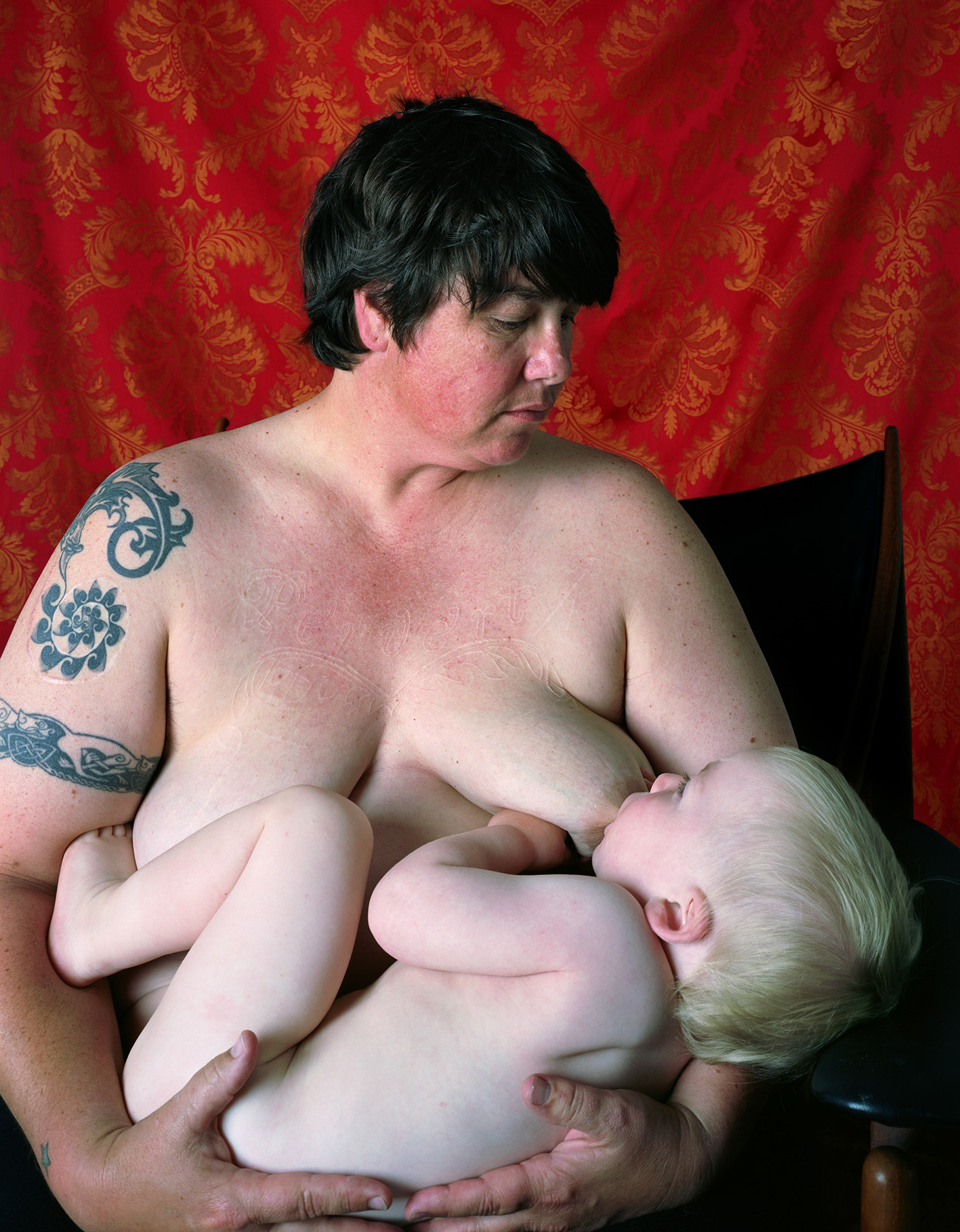
Catherine Opie, Self portrait / Nursing, 2004. Private collection. Courtesy: Studio Guenzani, Milan.
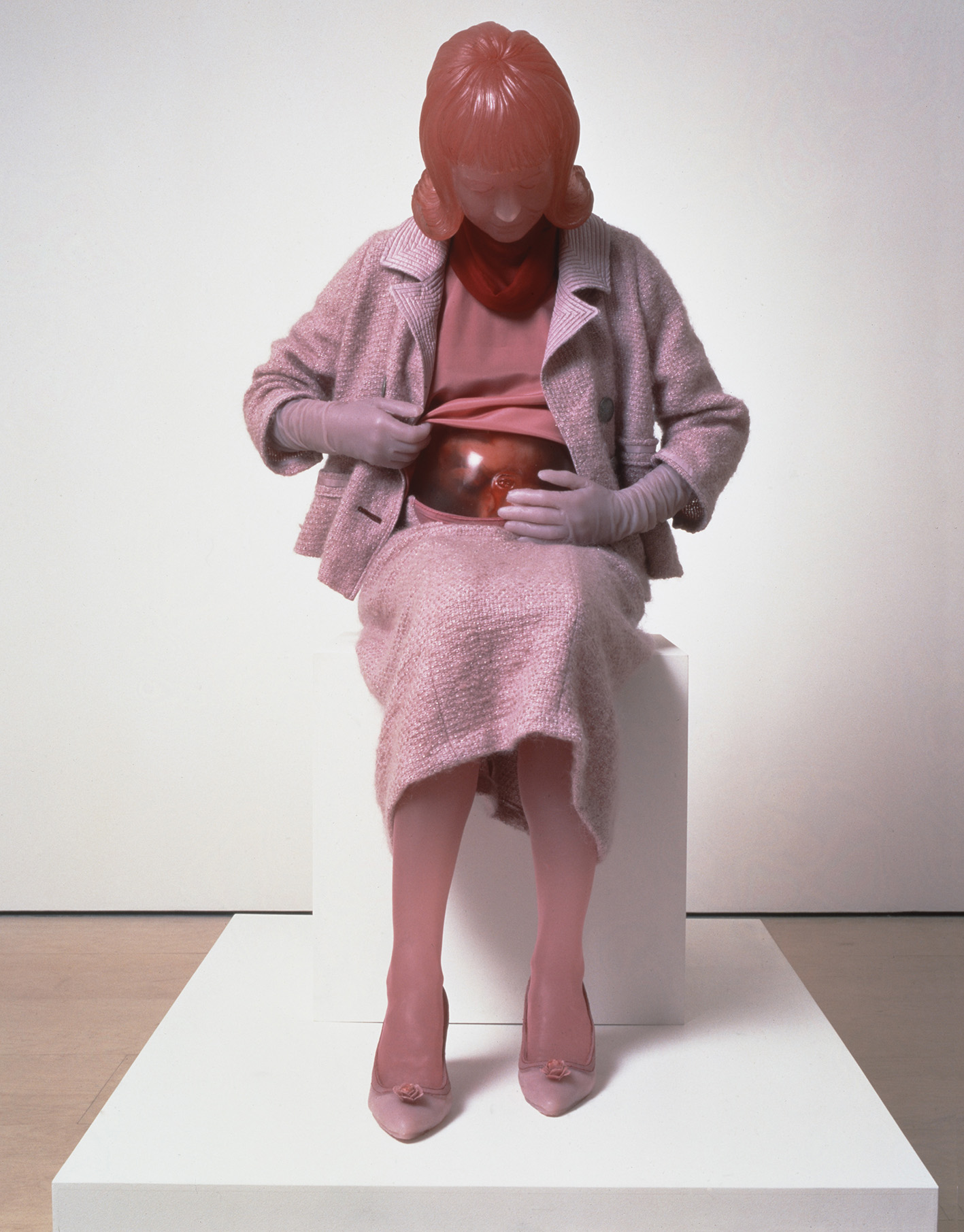
Keith Edmier, Beverly Edmier 1967, 1998. Photo: Lamay Photo. Rachel e Jean-Pierre Lehmann Collection. Courtesy: Keith Edmier; Petzel, New York.

Dorothea Lange, Migrant Mother, 1936, or Destitute pea pickers in California. Mother of seven children. Age thirthy-two. Nipomo, California. The Library of Congress, Washington DC.
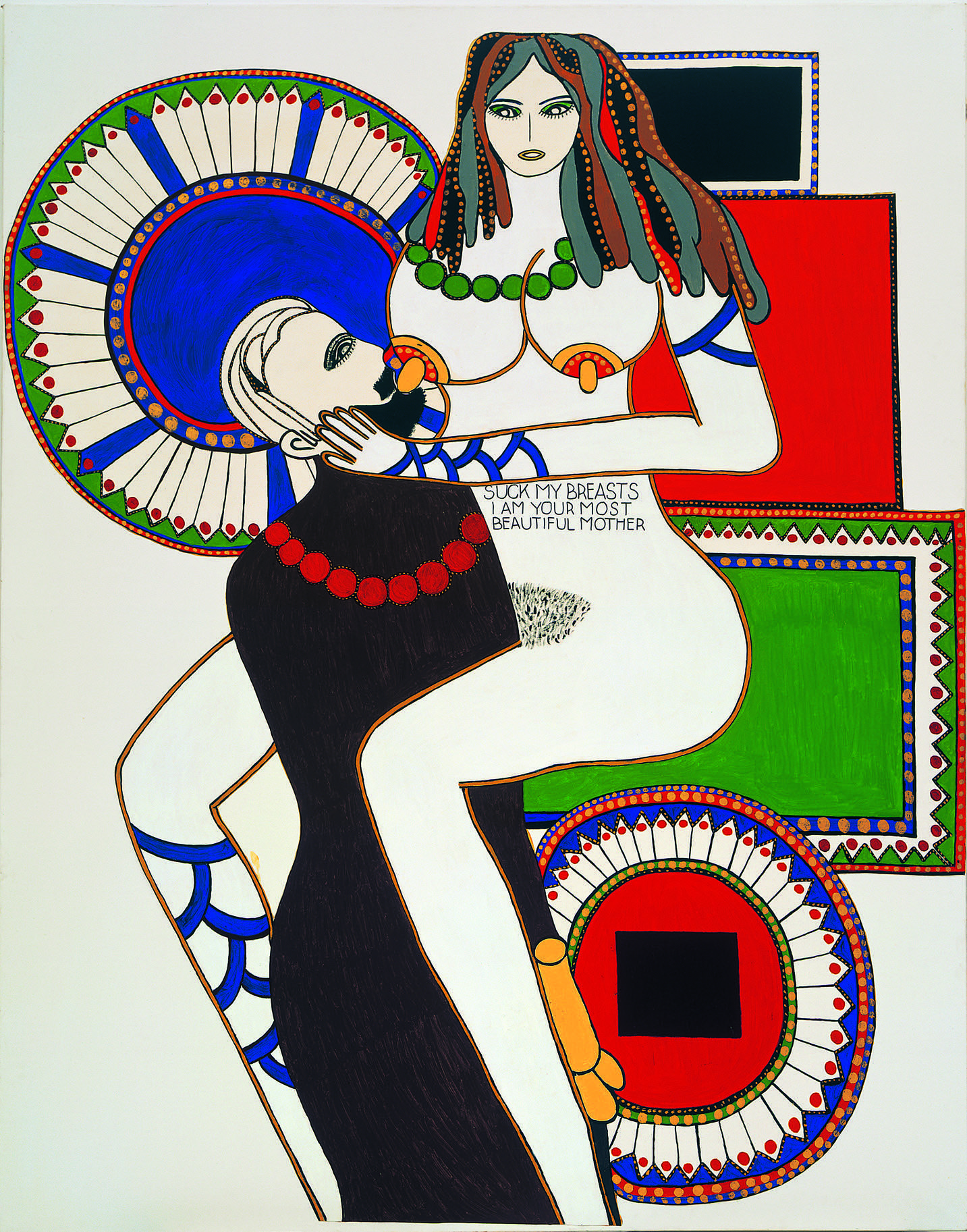
Dorothy Iannone, Suck my breast I am your most beautiful mother, 1970-1971. Private collection, Milan.
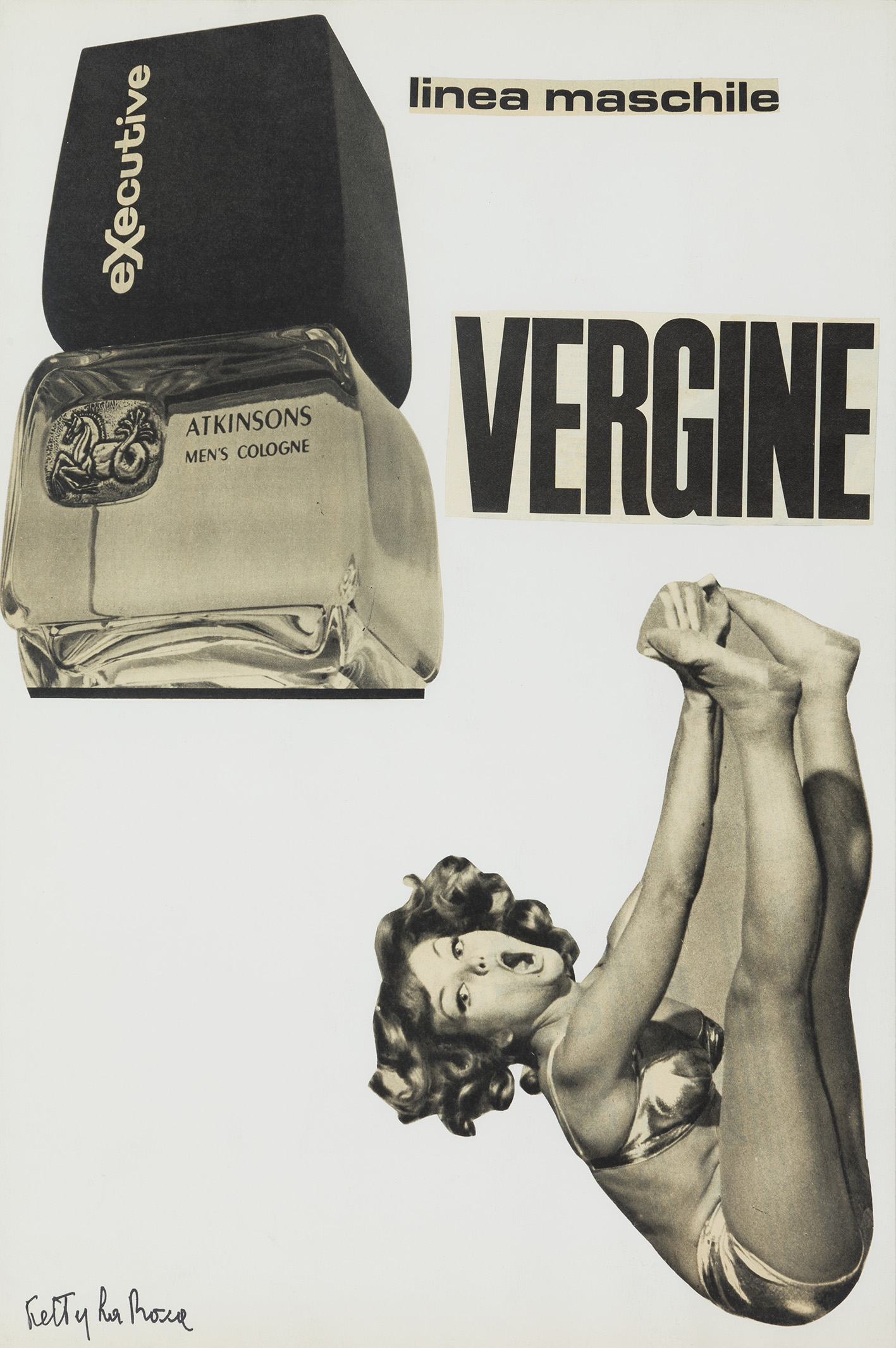
Ketty La Rocca, Vergine, 1964-1965. Estate Ketty La Rocca by Michelangelo Vasta.